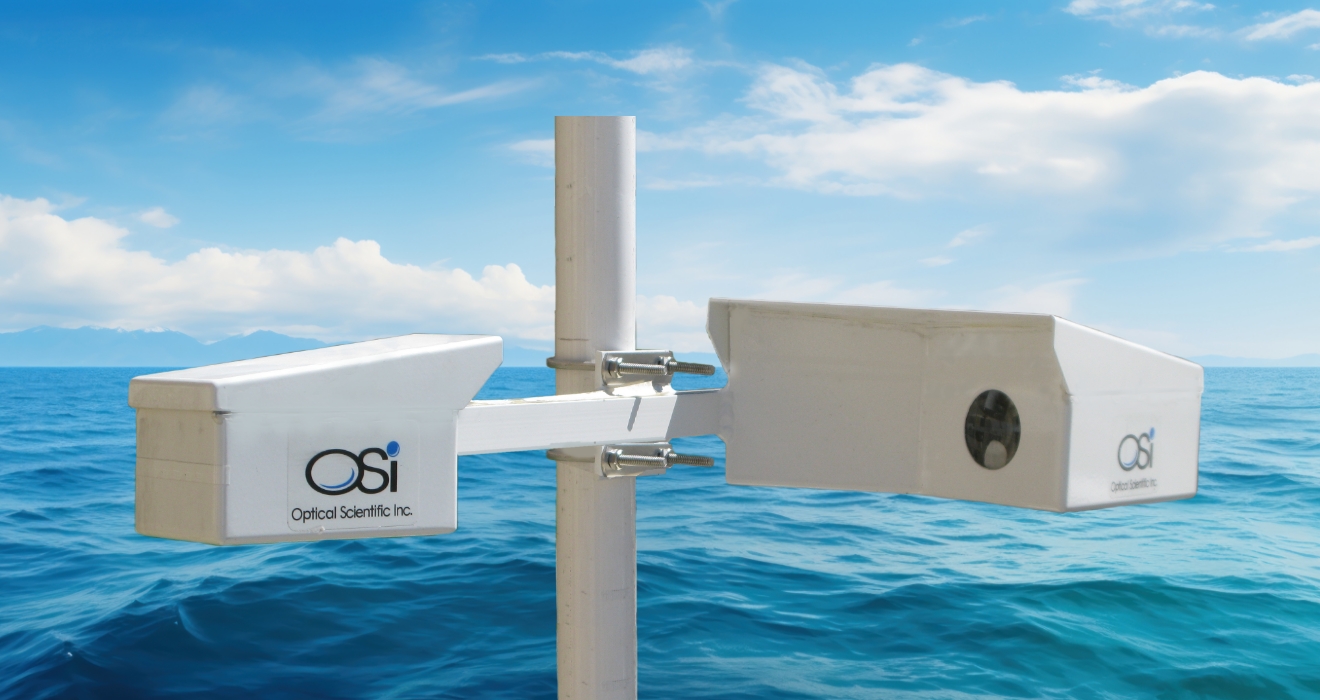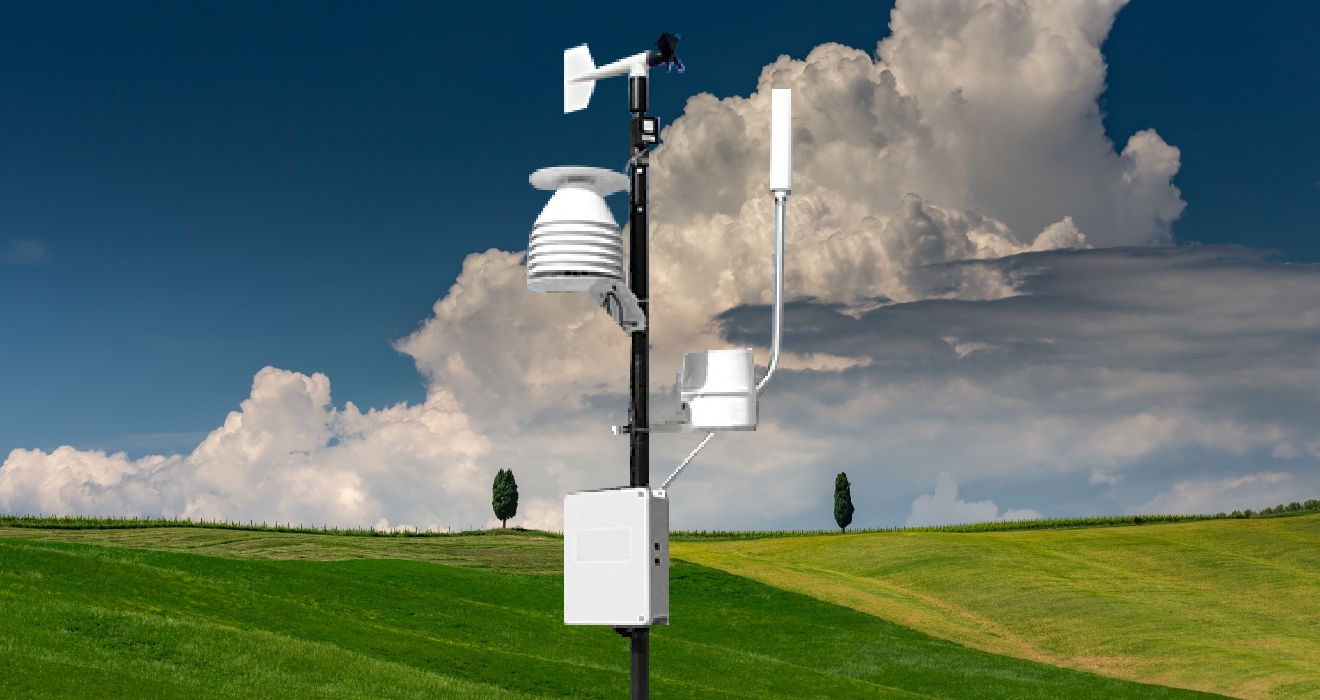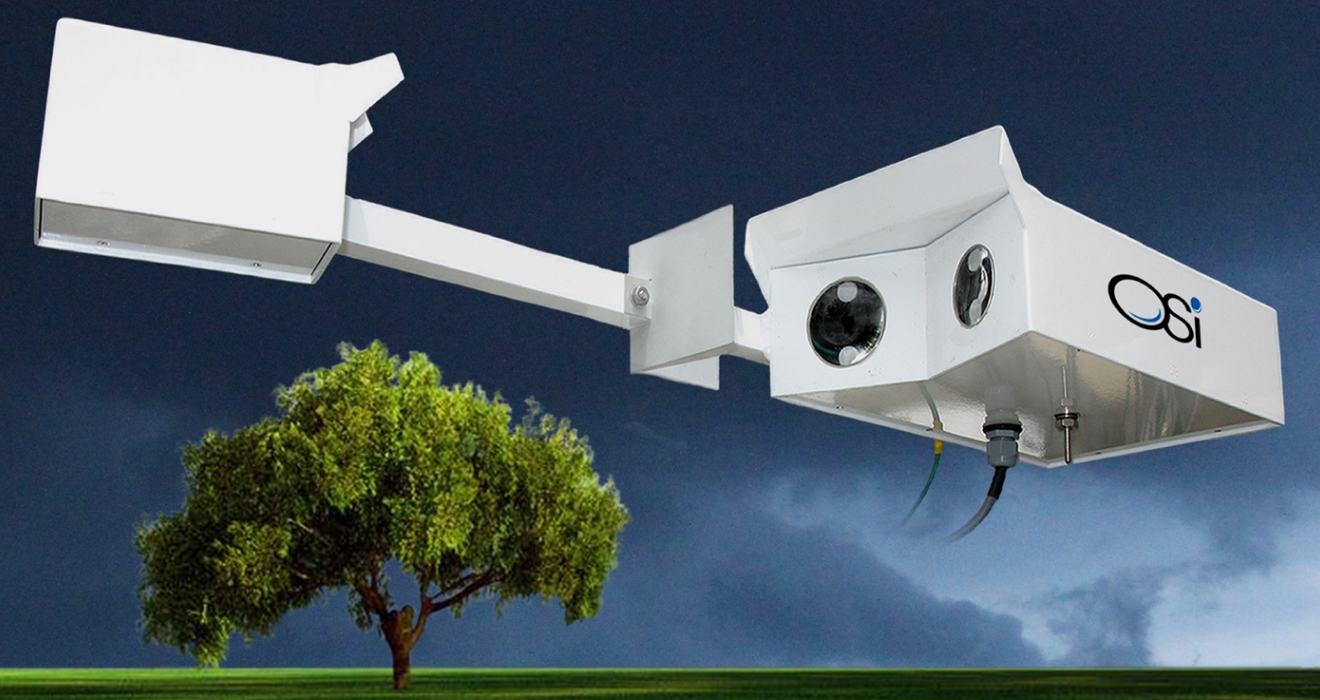Taking Rain Gauges to Sea

Global Climate Monitoring Gets New Tool: Rain-Induced Optical Scintillation for Measuring Precipitation at Sea
(Reprinted from Sea Technology Magazine)

OSI (formally Scientific Technology Inc. (ScTI) engineers have developed a technology to measure instantaneous rainfall parameters using rain-induced optical scintillations. OSI’s patented Optical Scintillation Technology is (far more reliable than optical scatter and/or mechanical techniques) and is field proven. OSI Algorithms have been continually refined from over 800 million hours of proven field operation in applications on every continent making them an deal sensor for unattended automated weather observations over platforms such as ships and data buoys to provide critical ground truth to satisfy global-scale climate monitoring requirements.
- Discriminates between rain, snow, drizzle, freezing drizzle, freezing rain, etc.
- Ability to add acoustic hail / ice particle sensor (HIP-100)
- APG-815 offers a Minimum 10 weather identification codes for both NWS and WMO weather codes
- Measurement dynamic range: 0.001 to 500 mm/hr rain, .03 to 500 mm/hr snow
- Optional extended measurement ranges over 500 mm/hr
- Reports both instantaneous rain rate and accumulation
- Rain / snow measurement accuracy: 5% accumulation
- Rain / Snow measurement resolution: 0.001 mm
Advantages
- All digital / DSP based design with no temperature sensitive analog components
- No Moving Parts
- No small collection or measurement orifices to get clogged with dirt / debris
- No need for high power heaters or chemical antifreeze for snow measurement
- No periodic maintenance required
- No scheduled / regular cleaning of optics required
- Insensitive to dirt buildup on optics
- Mean-Time Between Failure (MTBF) in excess of 80,000 hours
- No adverse effects from high winds, evaporation and other common errors of mechanical gauges
- Technology field proven for over 30 years (long track record)
- Can operate on unstable / tilting platforms such as data buoys and ships
Communications
- Simple polled / unpolled (user selectable) ASCII data string over RS-232
- Include MODBUS RTU over serial RS-232 I/O format as standard
- Options for RS-485, Ethernet, Limited Distance Modems (LDM) & Cellular Modems
- Full data update rate; once per minute; Instantaneous intensity every 10 seconds
- Power requirements: nominal 12 VDC / max 400 mA (solar compatible)
- Operating temperature range; -50° to 60° C (-58° to 140° F)
- Built-in continuous self-test / self-diagnostics and performance monitoring
- Ultra-reliable operation 24/7/365 with virtually zero maintenance


